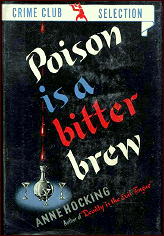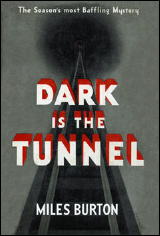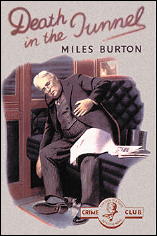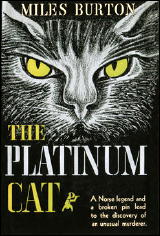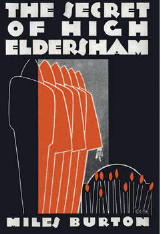Fri 29 Sep 2017
Mystery Movie Review: POSTMARK FOR DANGER (1955).
Posted by Steve under Mystery movies , Reviews[24] Comments
POSTMARK FOR DANGER. RKO Radio Pictures, 1956. Previously released in the UK as Portrait of Alison, Anglo-Amalgamated Films, 1955. Terry Moore, Robert Beatty, William Sylvester, Josephine Griffin, Geoffrey Keen, Allan Cuthbertson. Screenplay by Guy Green, based on a story by Francis Durbridge that was also used as the basis for the BBC television series Portrait of Alison broadcast earlier that year (six 30-minute episodes). Durbridge later converted the screenplay into a novel
of the same title (Hodder, UK, 1962; Dodd Mead, US, 1962). Director: Guy Green.
I may not have all of the facts correct, but I haven’t found anything to contradict anything stated above. Durbridge, also the creator of Paul Temple, a British crime-solver extraordinaire not well known in the US, was a prolific writer of complicated mystery mini-series for the BBC in 50s, 60 and 70s, and this one has as many threads to its plot that can be fit into just under 80 minutes of running time.
So much so that all the average viewer, using myself as a prime example, can do is to wonder is how on earth is there going to be a simple explanation for what’s going on? There is, but it can’t have been easy to have come up with a plot like this one and leave no loose threads hanging. It comes close, but if I were to run through the explanations again, I have a feeling that maybe there’d still be a few more questions than there are answers.
It’s my kind of mystery movie, though, I can tell you that. It’s the story of three brothers, one an artist (Robert Beatty), the second a freelance pilot (William Sylvester) and the third, an investigative reporter who dies in the first scene, even before the opening credits, in a car going up in flames after going over a cliff off an isolated Italian mountain highway.
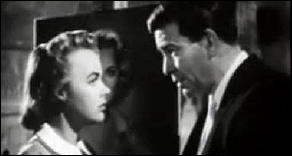
There is, or was, a girl with him at the time, which is important, since she is the Alison of the British title. Before his death the third brother is said to have sent someone in England a postcard, but to who is not known, nor the significance of the drawing on it.
In the meantime the father of the dead girl hires the artist brother to paint a portrait of her, which he does, only to find it later smeared with white paint and the body of a former model dead in his bedroom, and wearing the dress of the dead girl. The detectives from Scotland Yard are very skeptical of his story, which goes without saying.
There is more, including some attempts at blackmail, more deaths and even more twists, including an apparent suicide (and I don’t remember if it was or not). And it’s all wrapped up rather neatly, subject to the qualifications I ran through above, filmed in beautifully noirish black and white.
Robert Beatty is a fine actor, and while Terry Moore is very pretty, I’d prefer the company of the mush more vivacious model played by Josephine Griffin, who dies way too soon. Otherwise, I enjoyed it all, from beginning to end.
